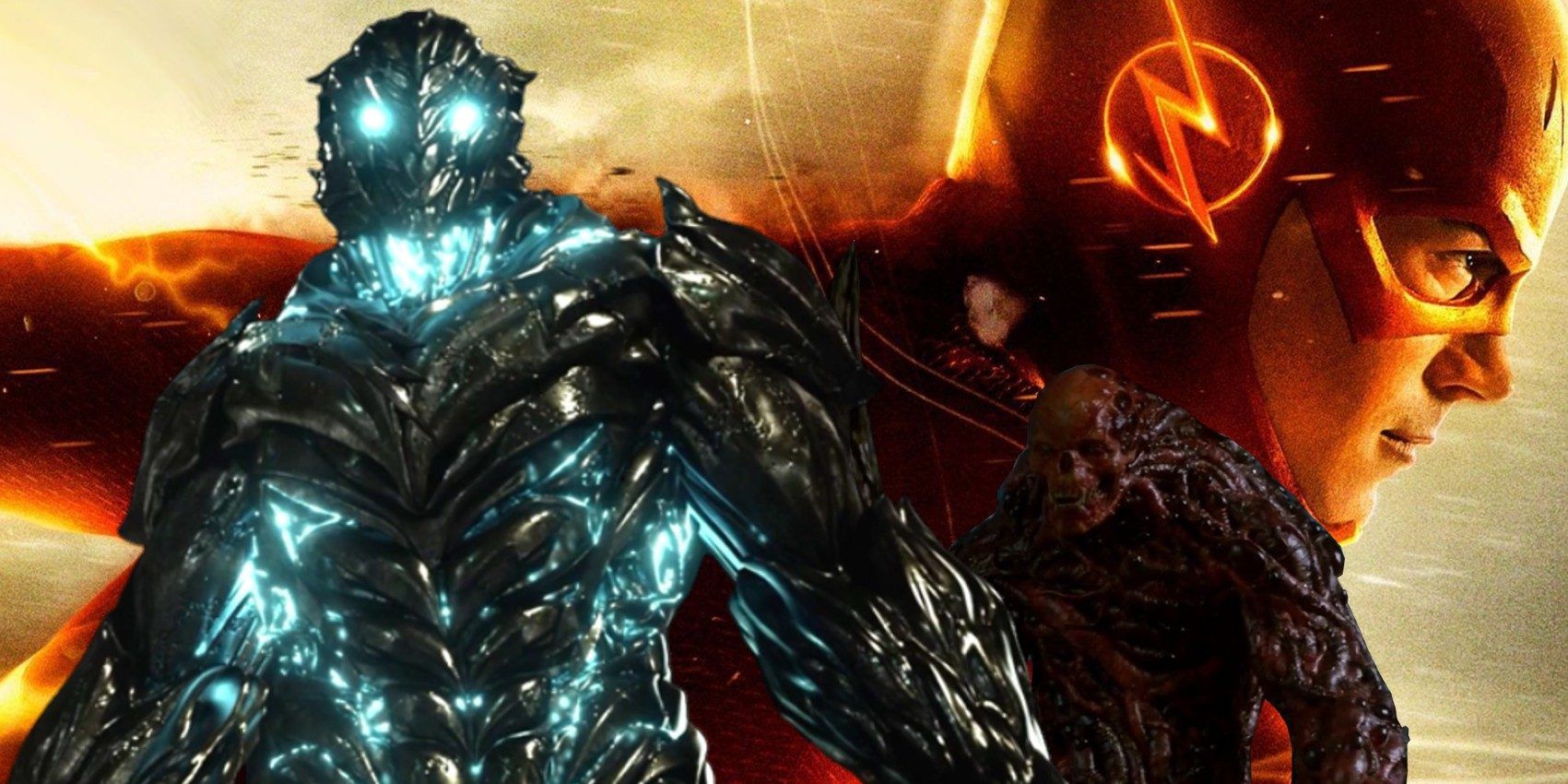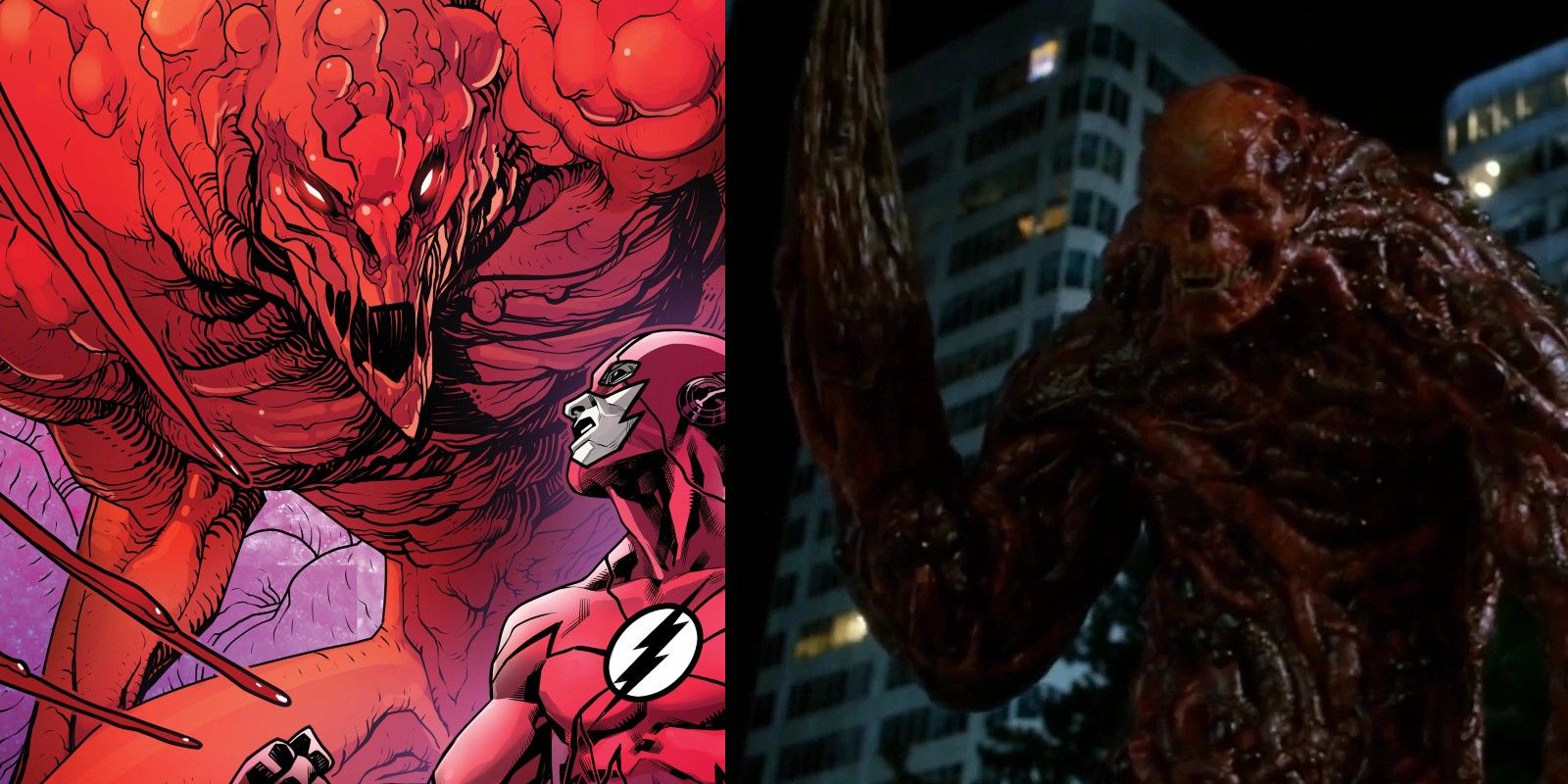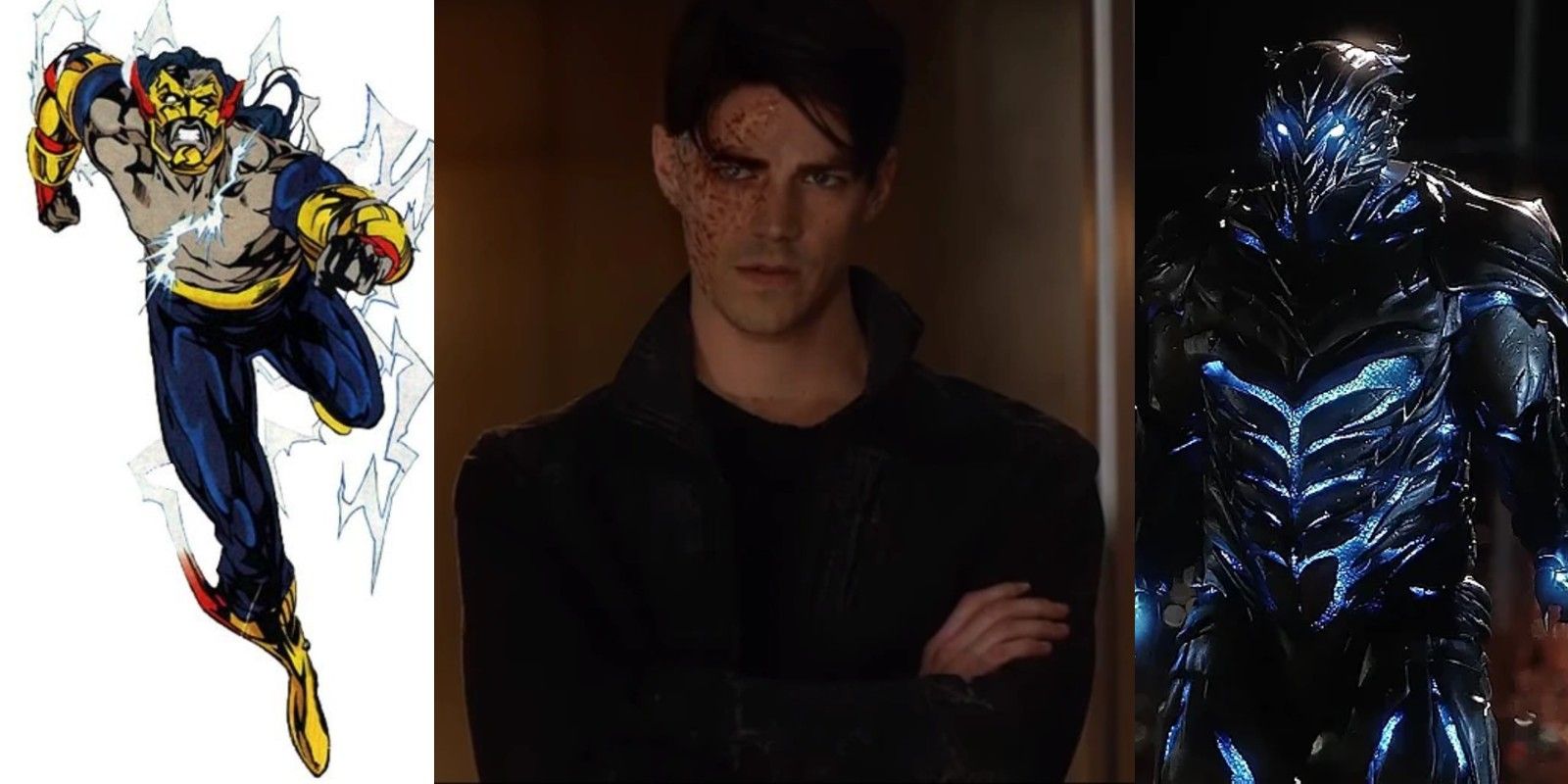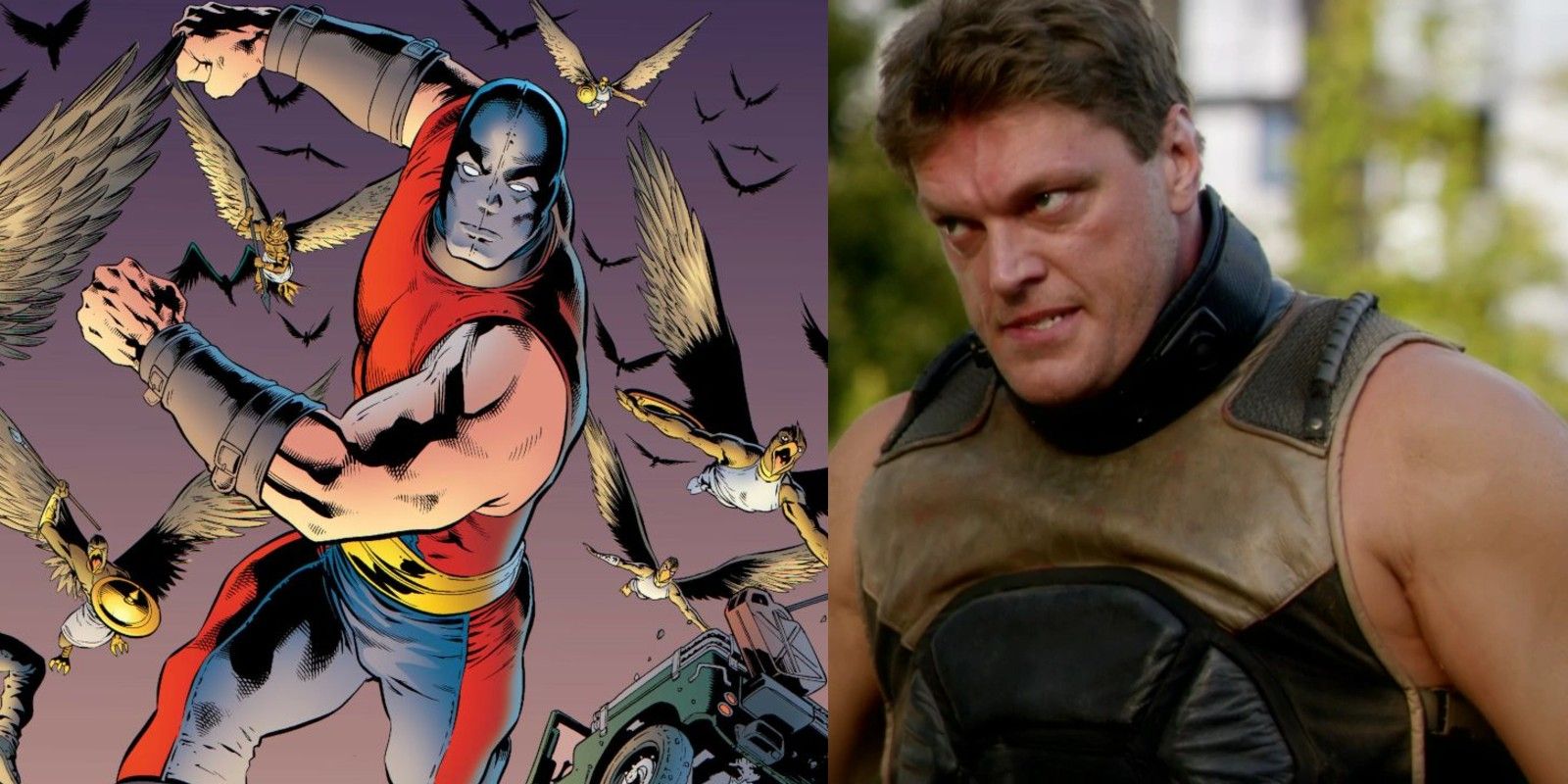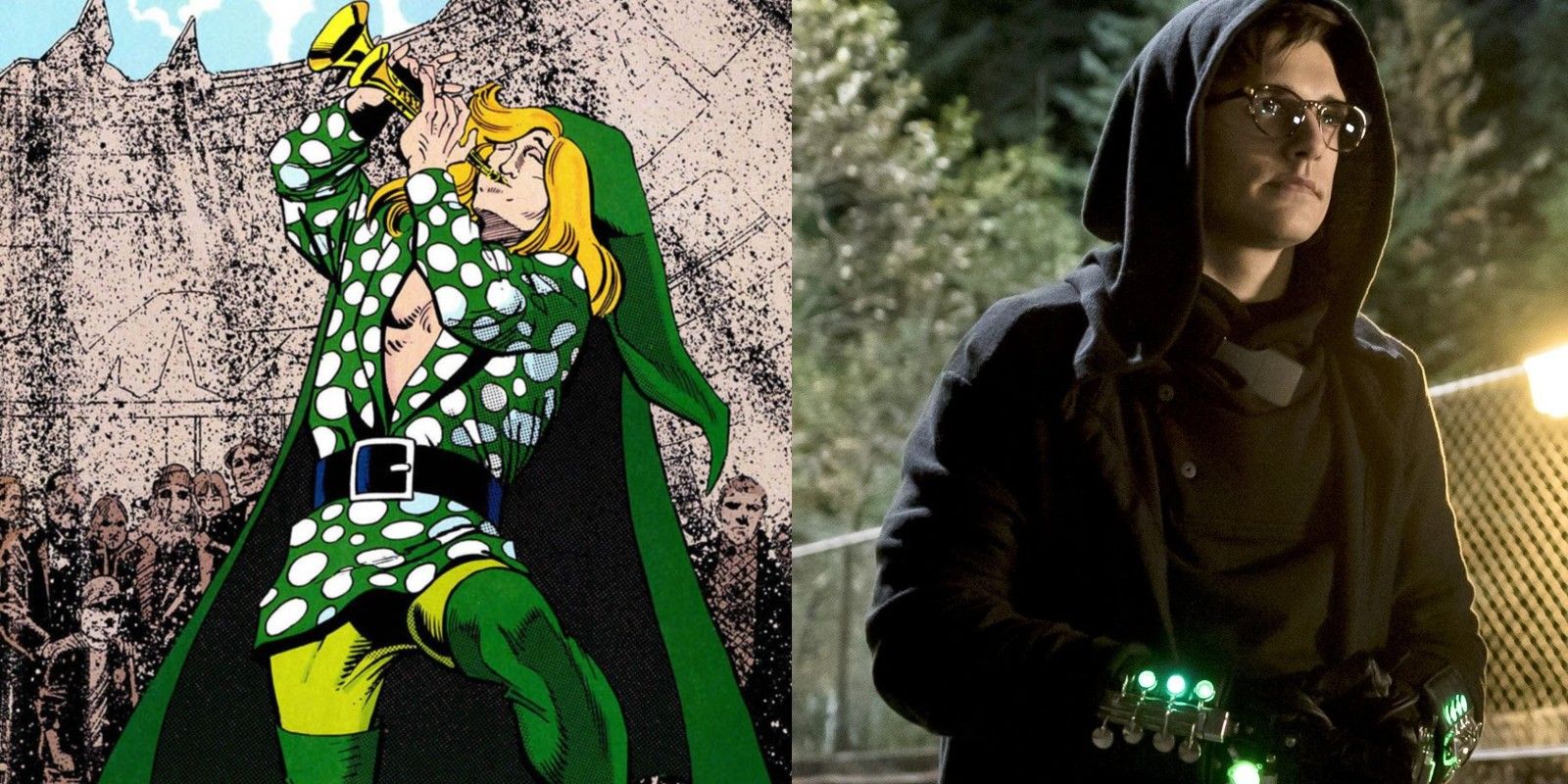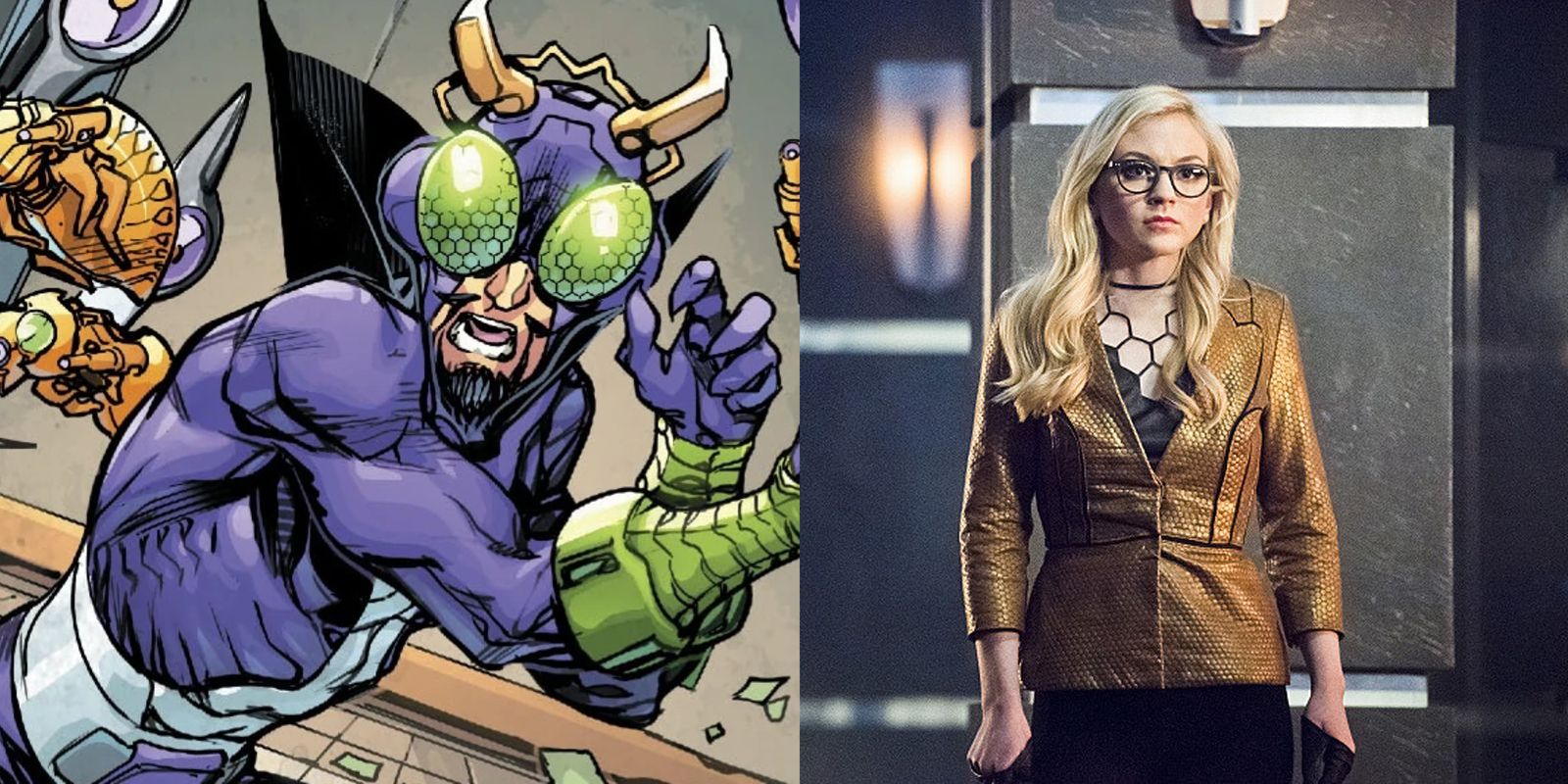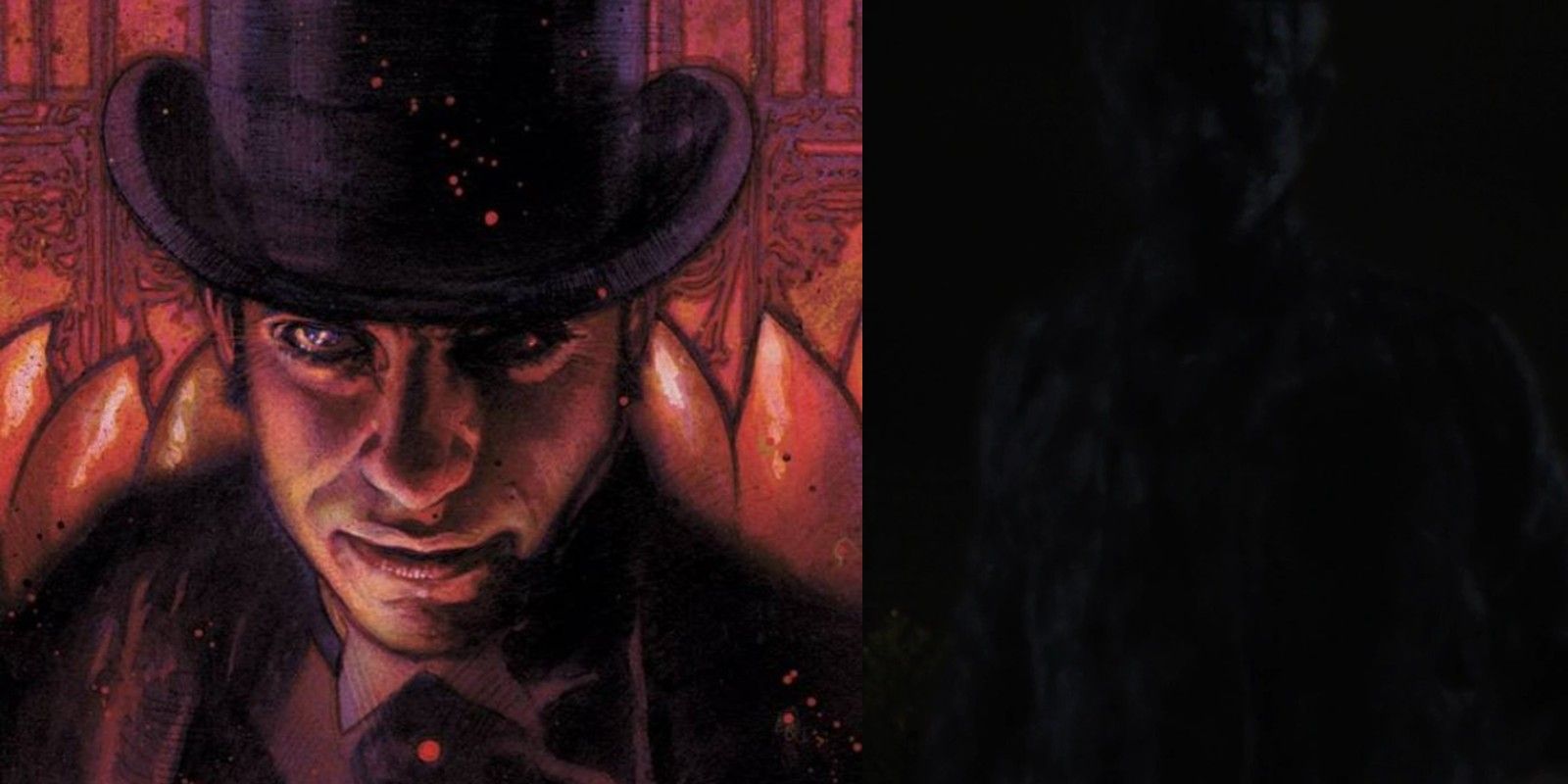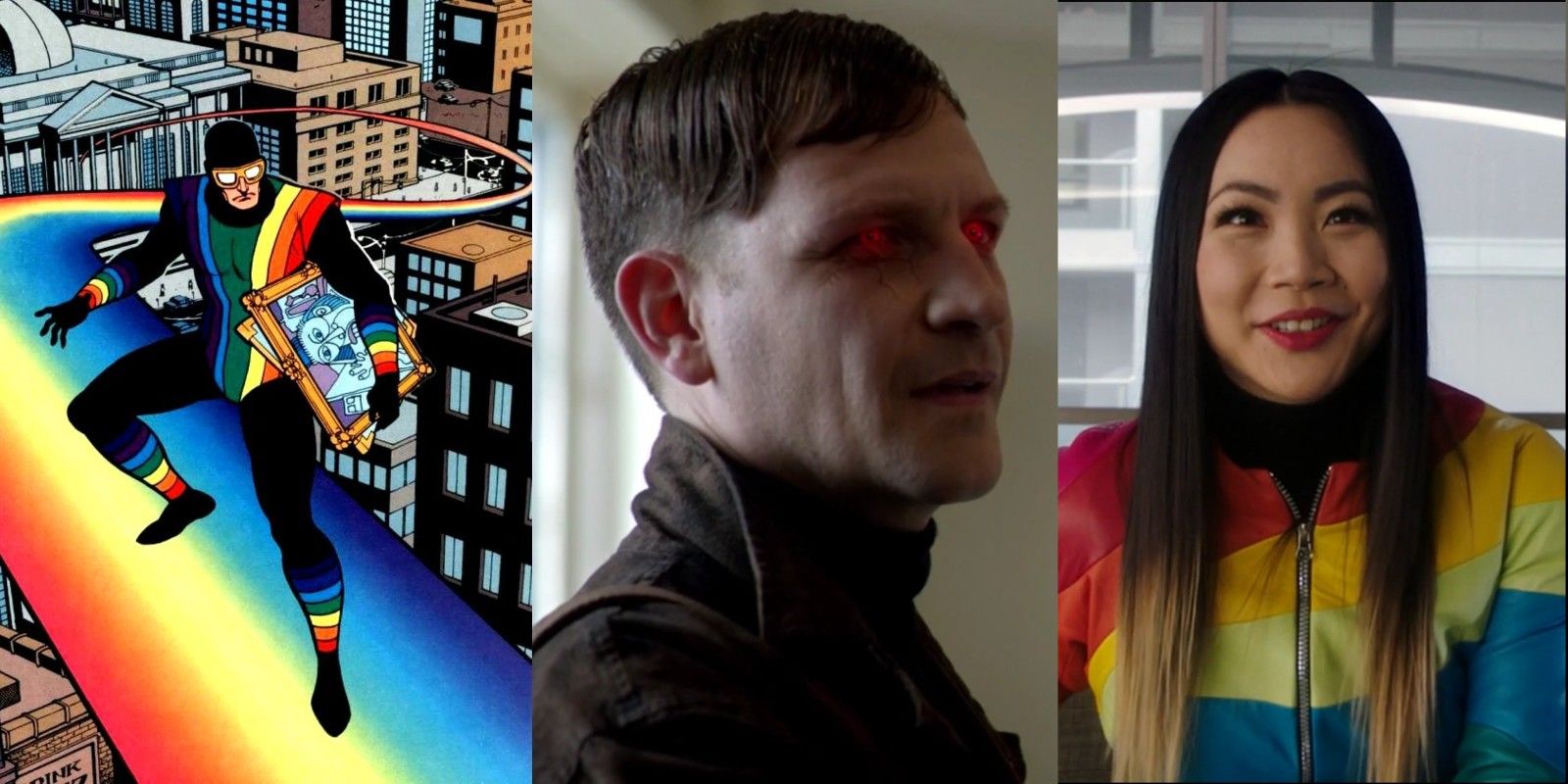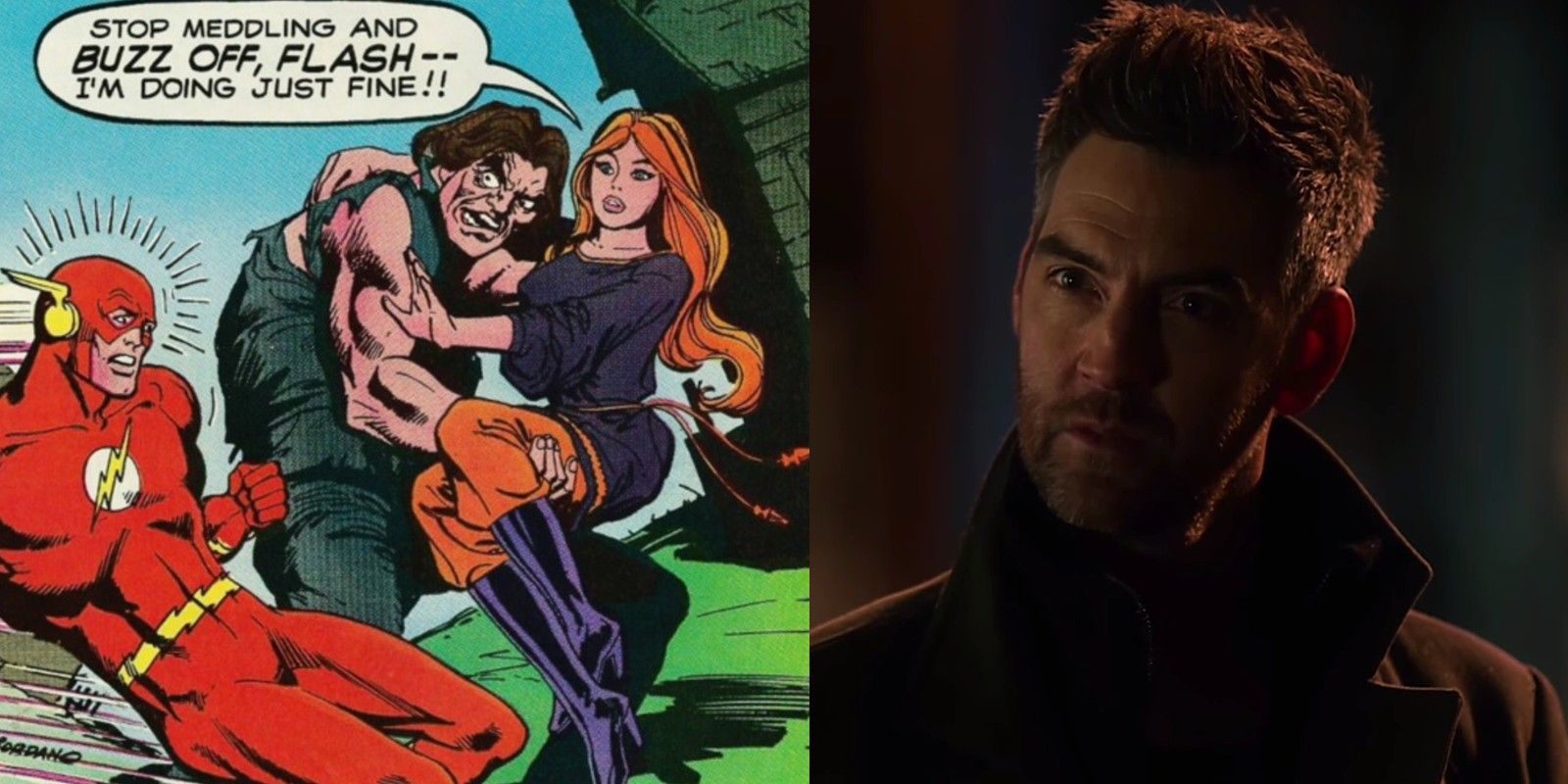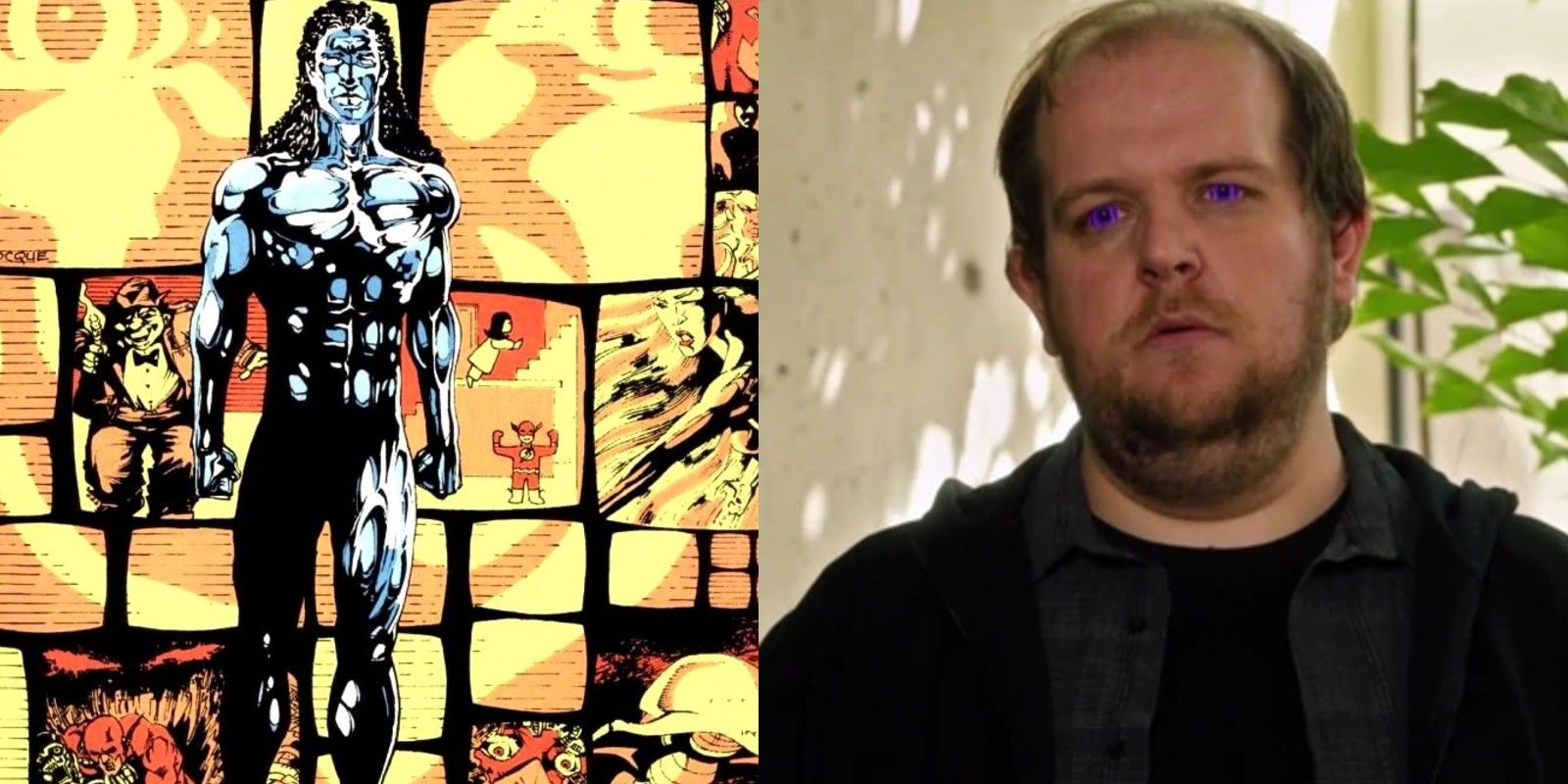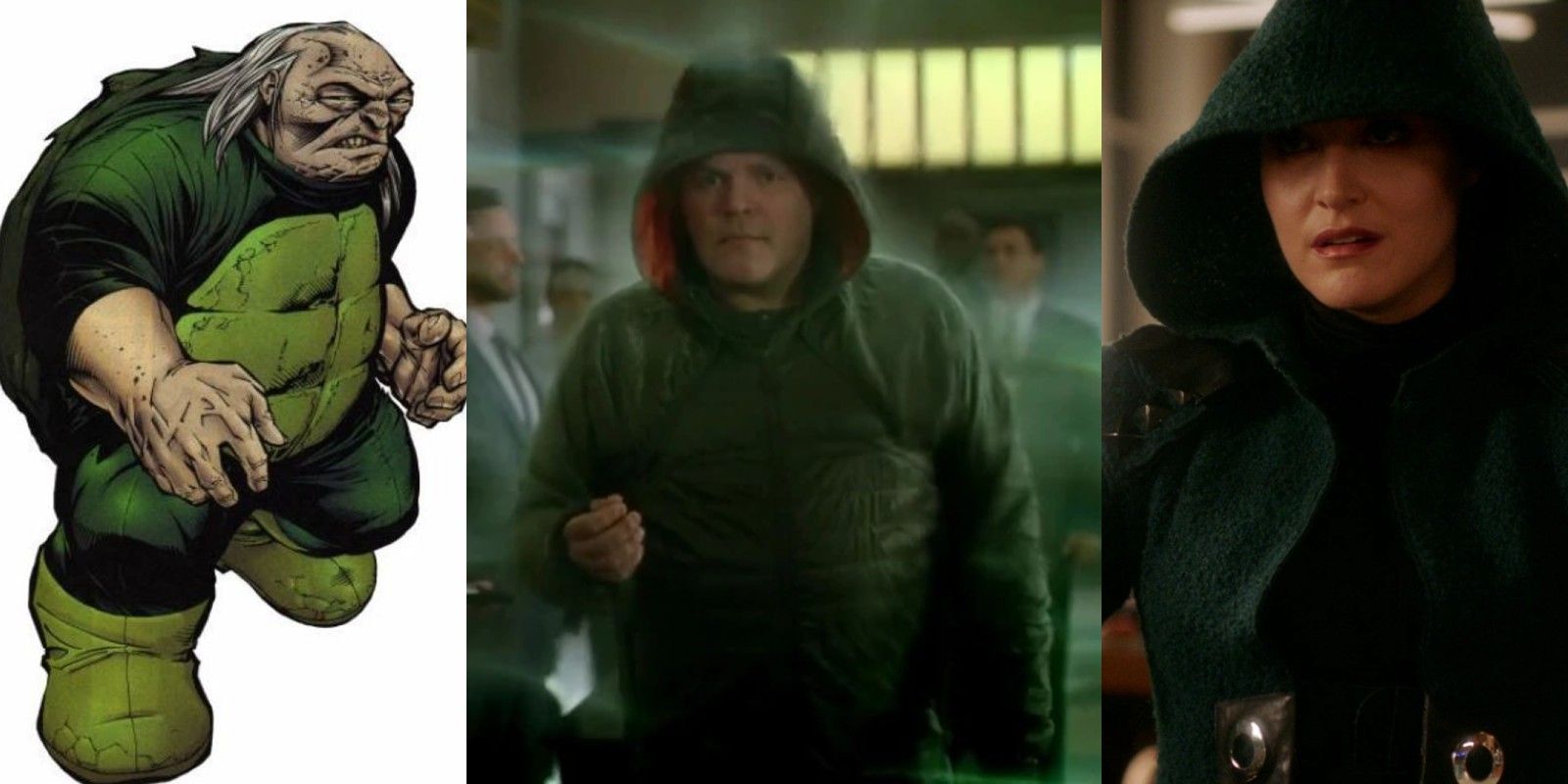Currently in its seventh season, and with at least one more season coming, Flash is the longest-running Arrowverse show and the second longest-running live-action DC Comics show behind Smallville. Across the seven years, fans have seen Team Flash deal with some seriously wild villains, from Reverse-Flash to the Speed Force itself, Barry Allen and the gang have seen just about everything.
Sadly, it must be admitted that not all villains are created equally. For every Captain Cold, there are a number of clunkers who are rarely, if ever, mentioned again. Some of these lesser villains have had long and wonderful stories in the comics, but they didn't translate to the screen. Others have never quite worked in either format, but still have a place in the hearts of Flash fans.
10 Bloodwork Never Had The Attention He Needed
A newer villain in the comics, Bloodwork started off strong when he first appeared on The Flash, but the character, played by Sendhil Ramamurthy, ended up feeling lost in a season that was building up to the massive Crisis on Infinite Earths crossover and spending time building up the relationship between Elongated Man and Sue Dibny. The design for the final version of Bloodwork was startling and creepy, and perhaps he can return one day, but until then he'll always feel like a big bad who got cheated out of a full story.
9 Savitar Was Clunky And A Little Too Emo
In the comics, Savitar was the first speedster to enter the Speed Force and come back out. He and his army of super speed ninjas nearly destroyed the Flash Family, with Golden Age hero Johnny Quick giving his life to save Impulse.
On the show, Savitar was far less cool-looking. In his evil get-up, Savitar looked like he was cosplaying Transformers, and out of his suit, he was just an emo version of Barry Allen. While the story of Savitar in the show wasn't bad, it didn't live up to the comics.
8 Atom Smasher Was A Wasted Opportunity
In the comics, Atom Smasher is a hero. A member of the Justice Society and godson of the Golden Age Atom, Atom Smasher is known for his ability to grow to 60 feet tall and - as his name suggests - smash things. And while he is a hero, Atom Smasher has anger issues that have, from time to time, put him on the wrong side of a fight.
In the Arrowverse, Atom Smasher is a villain who works for Zoom and can grow to be about 15 to 20 feet tall. While that's still impressive, it isn't as cool as 60 feet. Add in turning him into a villain, and it's questionable why they chose to use the character instead of Flash villain Big Sur, who has a similar power dynamic.
7 Pied Piper Just Didn't Feel Dangerous
One of Barry Allen's oldest foes from the Silver Age, Pied Piper has a storied history in comics. The first openly gay character in the DC Universe, Piper switched from villain to hero in the 1980s and became a close friend of Wally West, the third Flash.
The problems with Piper as a villain that existed in the comics also existed in the show. While Andy Minetus did a fine job portraying the character, there was never a real feeling of danger from him. Luckily, the show quickly shifted Piper to being a hero, though he has barely shown up since then.
6 Bug-Eyed Bandit Is Super Forgetful
In the comics, the Bug-Eyed Bandit is a Silver Age Atom villain who died in the Crisis on Infinite Earths. The second Bug-Eyed Bandit, also known as Son of the Bug-Eyed Bandit, was quickly laughed out of the comics. Needless to say, these villains were never considered serious threats.
In the Arrowverse, the Bug-Eyed Bandit is Brie Larvan, a villain who uses robotic bees to kill her coworkers. Her three appearances between Flash and Arrow are pretty forgettable, even though one of them is the first crossover between the two heroes.
5 Shade Was A Pale Shadow Of Himself
A Golden Age Flash villain who could control shadow demons from the Shadowlands, Shade did not become a popular character until his appearances in the 1990s Starman series where he became a mentor to Jack Knight, the son of the original Starman. In the Arrowverse, Shade was a man who could vibrate himself until he became what was essentially a large shadow person who could be defeated with enough car headlights pointed in his direction. The change of powers for the lesser made Shade an uninteresting villain for the Fastest Man Alive to face off against.
4 Rainbow Raider Was As Lame As His Comic Counterpart
Some characters won't be cool no matter what medium they show up in, as is the case with Rainbow Raider. In the comics, Roy G. Bivolo dreamed of being a famous artist, but his color blindness made that impossible so he turned to a life of crime, using a special device to alter people's emotions based on the color spectrum. A c-list Flash villain, Rainbow Raider was never a full-time member of the Rogues, but he would work with them from time to time.
In the Arrowverse there have been two versions of Rainbow Raider, the first was Roy, who was less a villain and more a way to get Flash and Arrow to fight, and the second was Carrie Bates, who used her mood-altering powers to pull off Robin Hood-style schemes against banks. Neither has made an impact at this point.
3 Clive Yorkin Didn't Make A Dent
Clive Yorkin isn't a character who showed up often in the comics, but his part in Flash history looms large. A monstrous-looking criminal who was experimented on by Doctor Nephron, the pleasure center of Yokin's brain was connected to committing acts of violence, leading to Yorking becoming a vicious killer. When Reverse-Flash killed Iris West, Flash believed it had been Yorkin who committed the crime.
In the Arrowverse, Yorkin is a rather handsome man who first gained powers in the Flashpoint reality but kept them when Barry set things back to normal. Yorkin used his powers to kill the police who arrested him in the Flashpoint reality before being caught and forever forgotten.
2 Kilg%re Was Too Different From The Comics Version
The first new villain that Wally West faced off against when he became Flash, Kilg%re is an electro-mechano-organic intelligent system that needs electro-life to survive. After consuming its home planet in the Pleides sector, Kilg%re made its way to Earth where it faced off against Flash and a number of other heroes.
In the Arrowverse, Kilg%re is Ramsey Deacon, one of four people who created the Kilg%re computer program. The other three creators ghosted Deacon, leaving him penniless as they became rich. When Deacon gained his powers, he used them to get revenge in a story that is far less interesting than the comics' version of the character.
1 The Turtle Slowed Things Down Too Much
In the comics, there have been a few versions of the Turtle. The Golden Age Turtle often butted heads with the first Flash, Jay Garrick. The second Turtle faced off against Barry Allen in the Silver Age, and then the two versions teamed up to battle Wally West when he became Flash and threatened their secret underground black market in Keystone City. A more recent Turtle was introduced in Justice League, this one is a baby who connects to the Still Force and is used by the Legion of Doom to negate Flash's powers. There have been two versions of the Turtle in the Arrowverse, Russell Glosson and Frida Novikov. Both had powers that could slow down the speedsters, and both are unimpressive.

